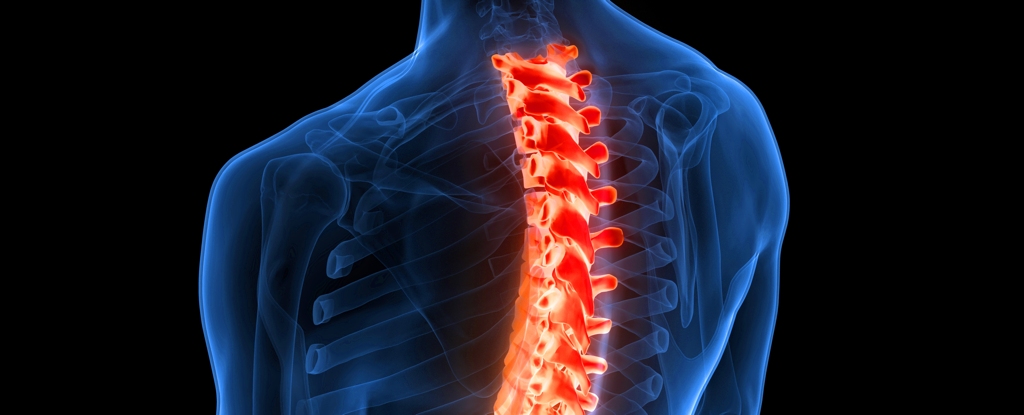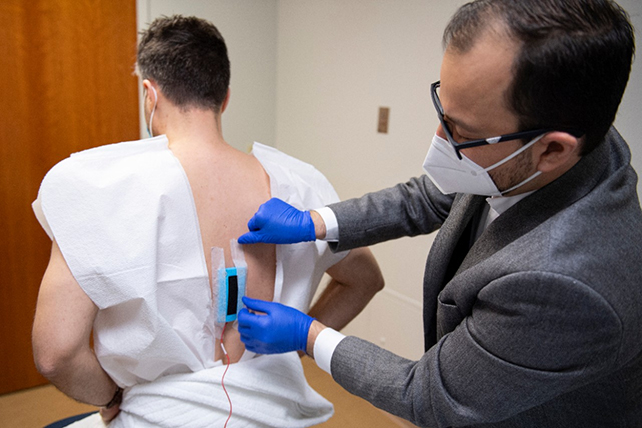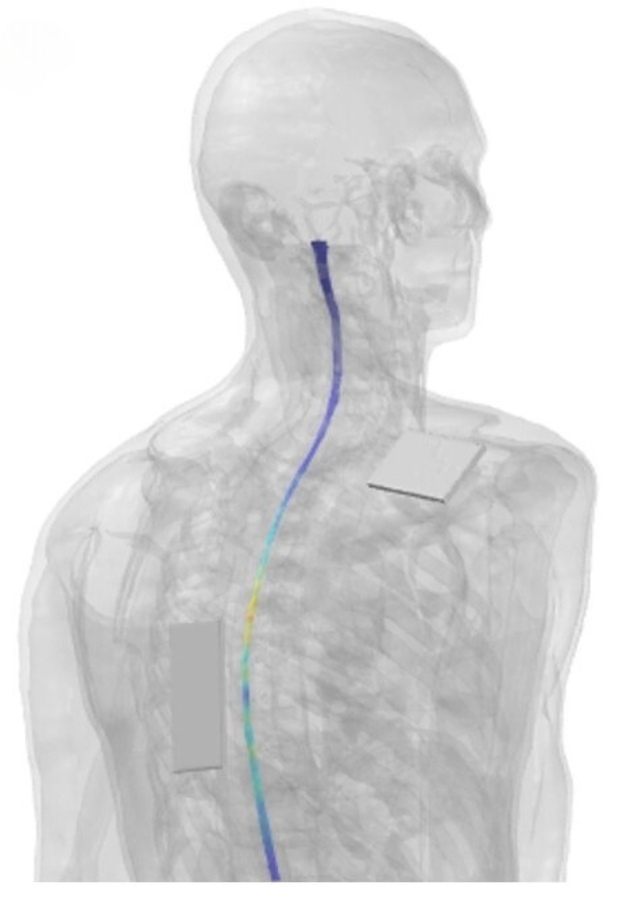
Given that approximately 1 in 10 individuals experience depression at some point in their lives, researchers are actively seeking new and enhanced treatments. Spinal cord stimulation emerges as a promising avenue for experts to explore.
Under the leadership of the University of Cincinnati College of Medicine, a group of researchers implemented a preliminary clinical trial. In this trial, a compact device was positioned on the spinal cord of 20 participants grappling with depression. The device featured one electrode on the back and another on the right shoulder.
Researchers from the University of Cincinnati College of Medicine spearheaded a preliminary clinical trial. In this study, a compact device, often referred to as a little black box, was positioned on the spinal cords of 20 volunteers grappling with depression. The device featured one electrode on the back and another on the right shoulder.

Spinal cord stimulation is thought to help the brain modulate itself as it should by decreasing the noise or decreasing the hyperactive signaling that may be in place during a depressive syndrome,
says neuroscientist Francisco Romo-Nava, from the University of Cincinnati College of Medicine.
Earlier studies, as per research findings, have established the ongoing communication between the spinal cord and the brain regarding the body’s status, a process known to influence emotions and mood.
The researchers theorize that in certain instances of depression, the information pathway could experience an overload. For example, chronic stress might exhaust the system through continuous signaling, resulting in adverse reactions within the brain.
For this study, the researchers employed transcutaneous spinal direct current stimulation (tsDCS), a technique previously demonstrated to assist in regulating the electrical activity of neurons in the brain when administered to the scalp.
In this case, the signal applied didn’t directly impact the neurons in the brain. Instead, it was observed to reach the spinal gray matter, potentially influencing brain activity – or at least, that’s the underlying theory.
It is not the current that reaches the brain, it is the change in the signal that then has an effect,
says Romo-Nava. This study is not sufficient to prove all of these components of the hypothesis, but we think it’s a great start.

This study was primarily exploratory, establishing a foundation for future research. A relatively small participant pool was engaged, and the researchers did not extensively investigate the biological mechanisms behind the alterations in depressive symptoms.
Nevertheless, the preliminary results offer sufficient evidence to indicate that this approach is worth further exploration. Minor side effects, such as skin redness and temporary sensations of itching and burning, were the only observed issues.
We think that the connection between the brain and the body is essential for psychiatric disorders,
says Romo-Nava.
Many of the symptoms of mood disorders or eating disorders or anxiety disorders have to do with what one could interpret as dysregulation in this brain-body interaction.
The findings have been published in Molecular Psychiatry.





